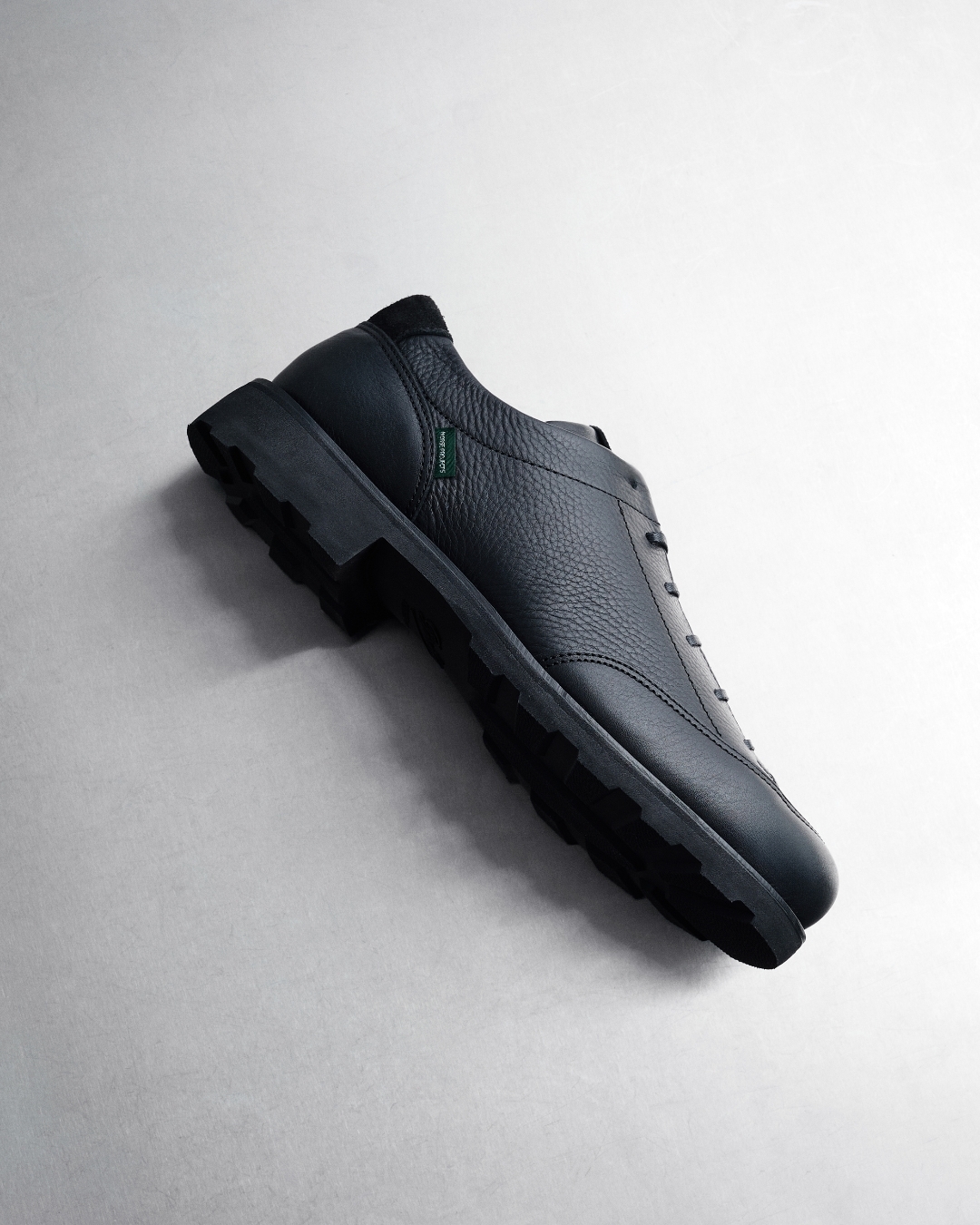The Artist’s Studio — Matt Luckhurst03.07.2019
Inspiration for Norse Projects Summer 19 is derived from the dynamic spirit of the artist’s studio. From the painter’s atelier to the designer’s desktop, the physical spaces that foster imagination can demonstrate radical creativity — yet it’s the individuals within these spaces that serve as the embodiment of artistic conviction.
For Summer 19, Norse Projects went to San Francisco to spend an afternoon with creative director and designer, Matt Luckhurst. After graduating from the School of Visual Arts in New York, Matt embarked on a successful career as a designer, children’s book illustrator and writer, and design director, working with some of the biggest brands in the world.
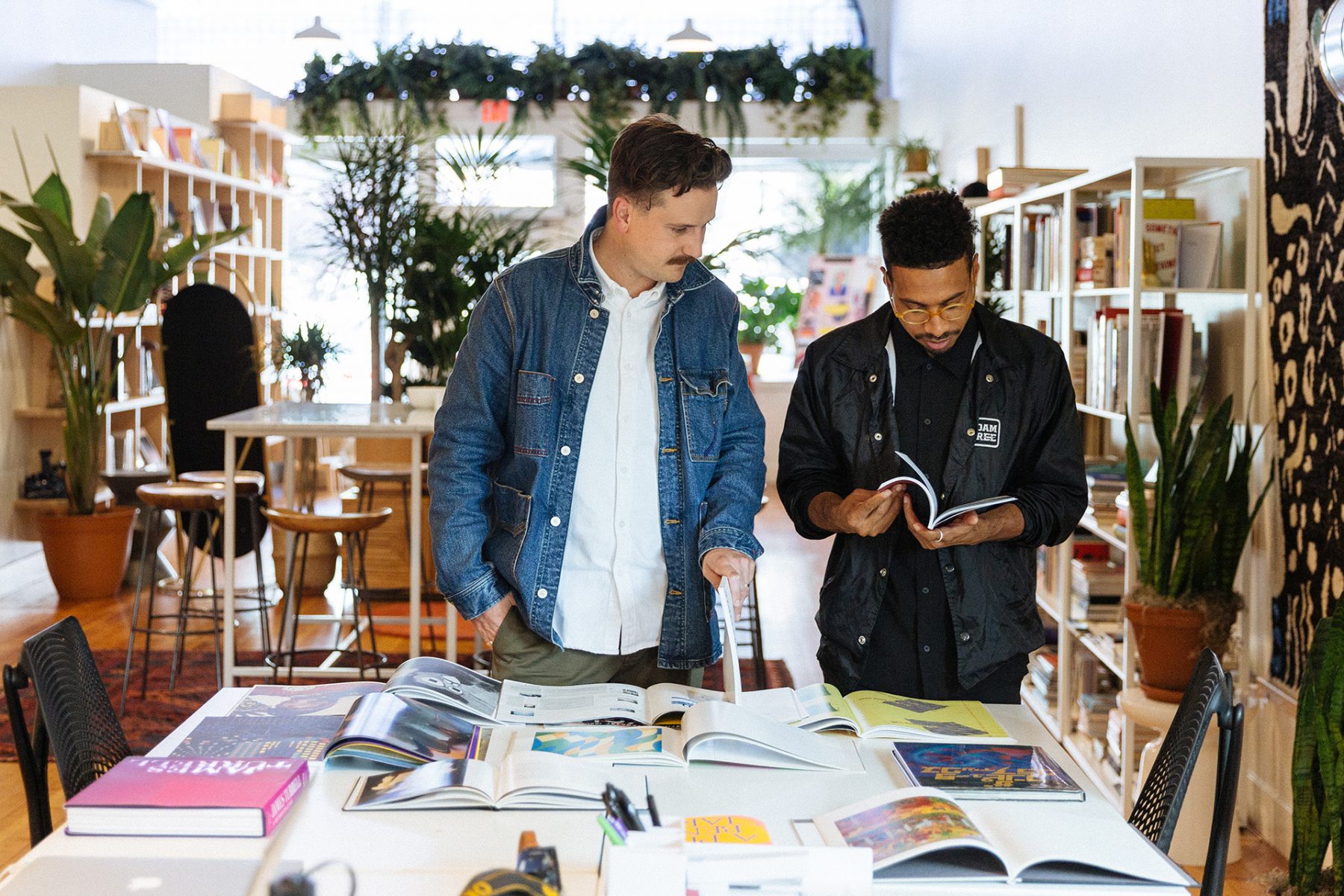
In 2019, Matt co-founded The New Company: an agency that creates design and marketing systems aimed at shifting traditional perspectives in advertising and visual communication. Visiting him in San Francisco, the new father reflects on the path that led him to The New Company and how taking risks and trusting your instincts can lead to the most exciting creative endeavours.
What are you up to right now?
I’m sitting in my living room on a cloudy, San Francisco day, having a coffee while my one-year old is napping. At this stage of life, I have to take advantage of the quiet moments.
You’re coming up on a year with The New Company, how has it been so far?
Wild. Totally surpassed my expectations. We’ve had lots of up and downs, learned a ton and surely we’re going to have more. But we’ve built an amazing team, a very cool office, made the best work of my career, opened a second office in LA and we’re opening a retail book and clothing store in July. That’s way more than I thought we would have done.
When Seth Mrozcka, my co-founder, and I decided we wanted to create something of our own, it seemed incredibly daunting. The amount of work and luck needed to be successful seemed extraordinary. But after a year, it feels like we’re building something special: we’ve taken everything one step at a time, built our team, our process, our ethos and our relationships with our clients. We’re fortunate to know some good people who have supported us and believed in us early on.
Looking at the current portfolio, the aim seems to be a shift from traditional perspectives in advertising. What led to this decision? How does it affect your creative approach?
Most definitely. I think it’s hard to pin down what kind of company we are right now and I’m really excited about that. We’ve created documentaries, advertising, design systems, print, products, websites, music videos, made clothes and art just this past year. Hopefully that range continues and we can keep making things that challenge and excite us. At its heart, The New Company is a group of smart, talented and hardworking people, united by a love of our work and a dedication to excellence.
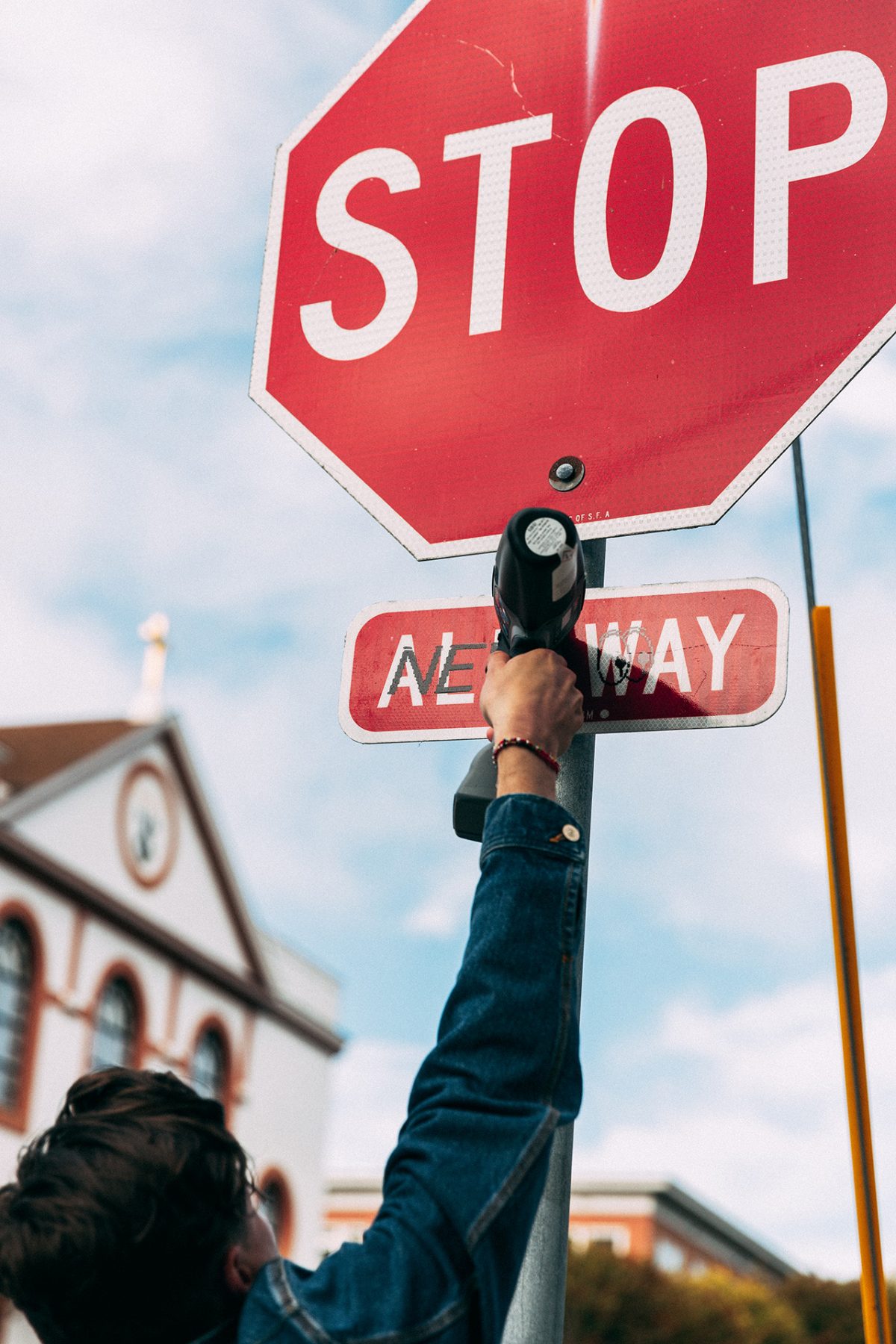
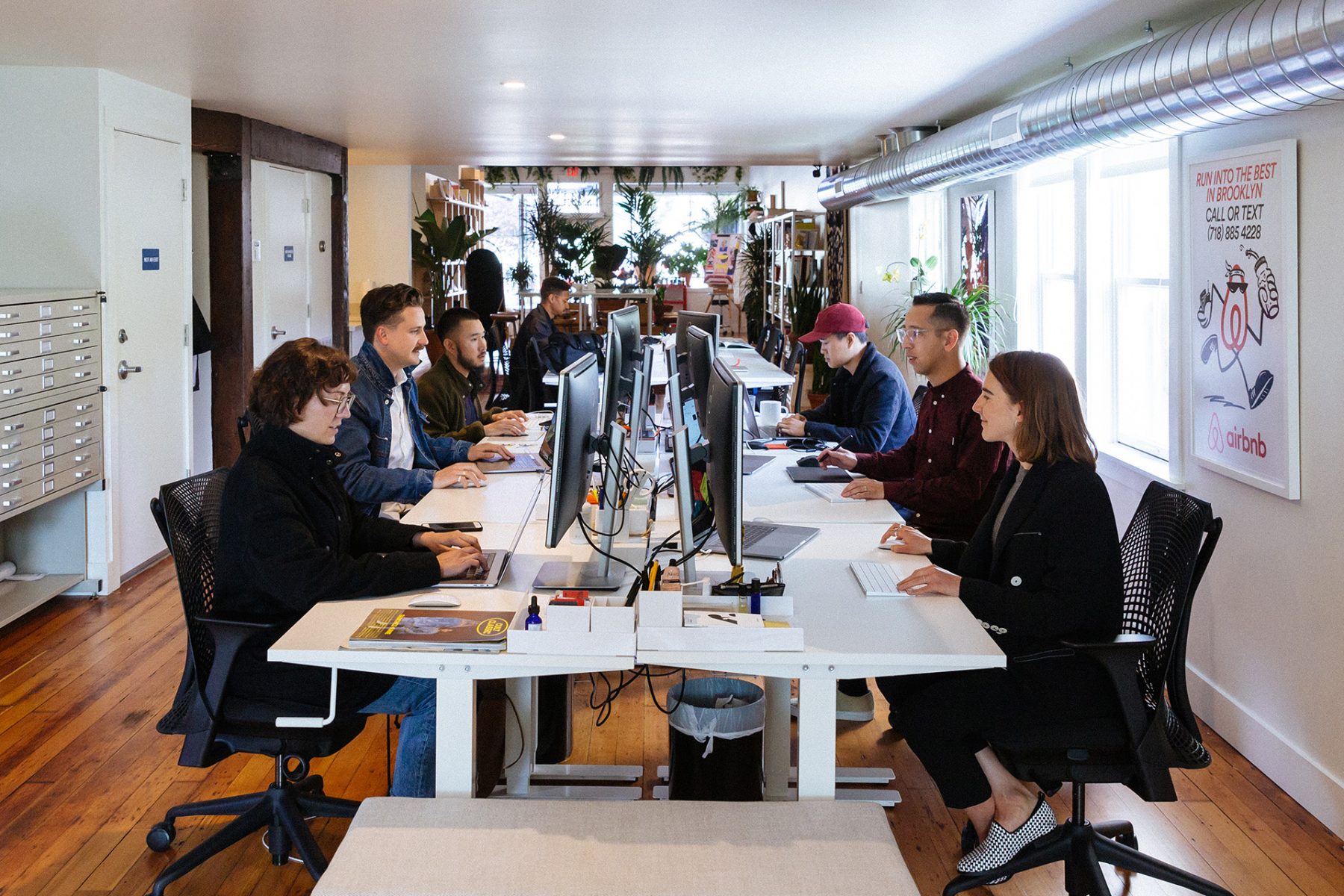
You are on so many social media platforms, especially those whose focus is on creativity. Has this exposure helped you professionally? What is the benefit of certain social media channels?
I think social media is really tough: it’s great to be able to connect directly to an audience but it’s also really easy to believe it matters more than it does. I’d say I used to care a little bit, and now I care a little bit more. I think the benefit for The New Co is to connect directly with people, showcase our work and market the goods we sell. We’re creating so much work, it’s nice to be able to release it quickly and share it with an audience.
As far as channels, Instagram is definitely the place we focus on; it’s diverse and visual and I’ve met some great makers and creators through that platform. Twitter is tough: it can be smart, it can also be super toxic. I tend to post on it, but not really engage on it. Behance is a great place to discover new work, I use it to check out new designers fairly frequently. I think I peaked at Myspace, though.
How would you describe your personal style or approach to advertising and branding?
New? I really try to just keep it moving, keep being inspired and finding new styles or techniques to try. Professionally, I really try to listen and understand what our clients need and position them in a space that feels both authentic and fresh.
My personal tastes and style have changed a lot over the last decade; I imagine they’ll continue to change. Honestly, I love that design is a career that allows you to keep changing. I definitely keep my head in a lot of books looking for new inspiration and aesthetics to work with.
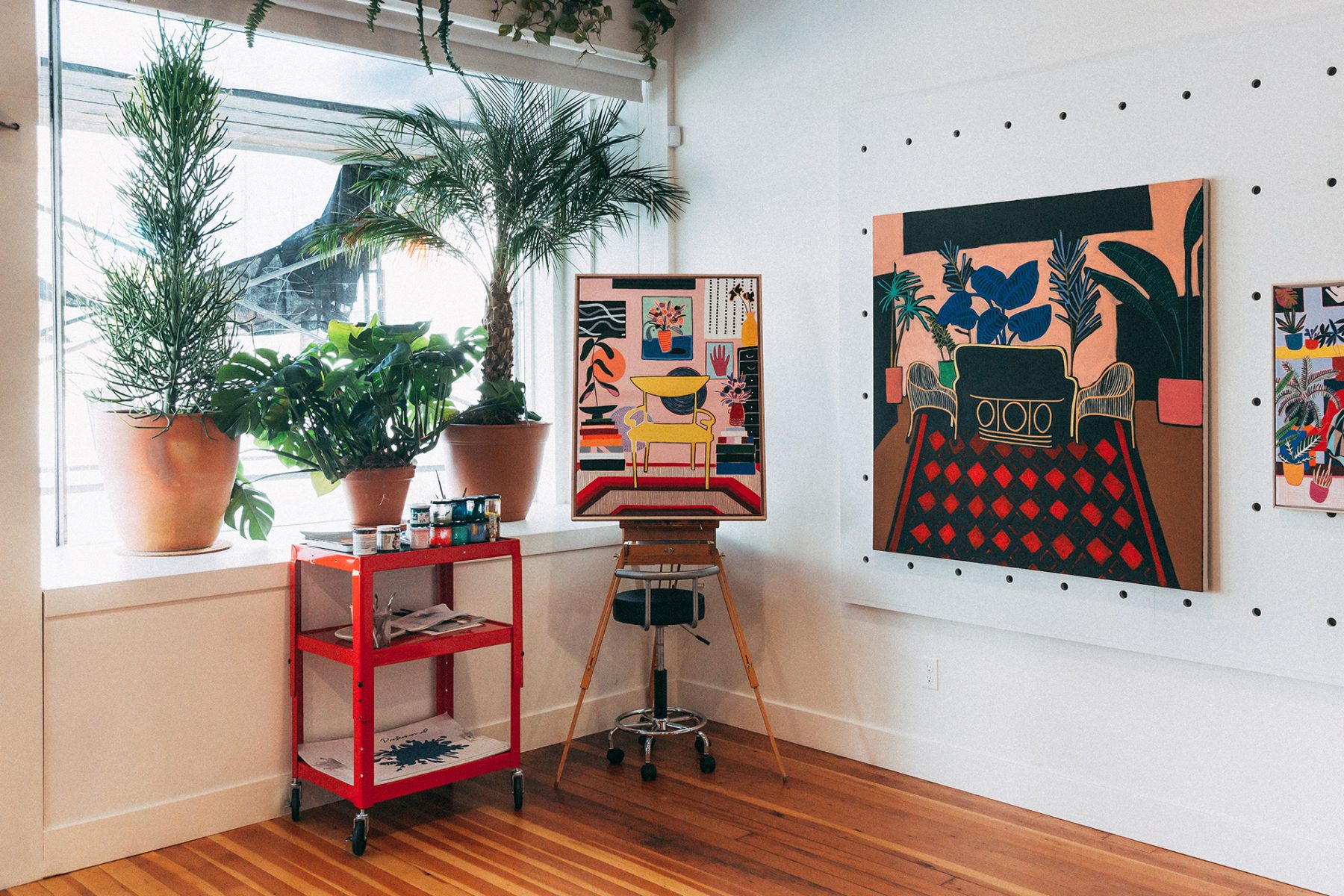
You’ve worked on campaigns for some major corporate clients such as Nike, Dropbox, Instagram, Mailchimp, Bose, Target and Airbnb; this kind of work is likely seen by millions of people. Do you feel responsible to contribute something potentially bigger than yourself and the product?
I’m thankful to have had the opportunity to work at scale and I think that work does start to change the visual landscape over time. I’m not sure any single solution has a significant impact on culture, but I do think it gives definition to what the things we care about look like.
I think my responsibility is to my clients, my staff and myself. I need to do work that is effective and that I find value in. I never want to do work that I don’t value, be it aesthetic, cultural or personal. My life is really wrapped up in my work, which I think is true for a lot of designers. It’s important that if I’m investing so much of myself into it, that I truly care about what I make.
You moved to the Bay to work as a designer at Airbnb and this eventually lead you to opening up COLLINS San Francisco, as the Chief Creative Officer. Now you own your own company. How has it been to shift from mostly executing creative to directing? What have you learned about yourself, as a designer, throughout that process?
It’s tough transitioning from design, to directing and running a business. I still try to design, but a lot of my job is enabling other people to do their jobs, rather than executing myself.
It’s not something you can really train for. It sounds simplistic, but I think it’s important to want to do it. Not everyone wants to be in a position to direct. It’s a really strange career: the better you get at designing, the less you do of it. I think because my design career has been so varied it helped prepare me for this step and I’ve always wanted to run a company, so it’s something I’ve worked hard at getting better at. I try to lead by example, appreciate the people around me and have a clear view that can guide our teams and clients.
It’s really rewarding and creating a company and running a team is a really challenging and valuable design project in itself. If I’m lucky, this company will be successful enough that I can go back to being a designer again.
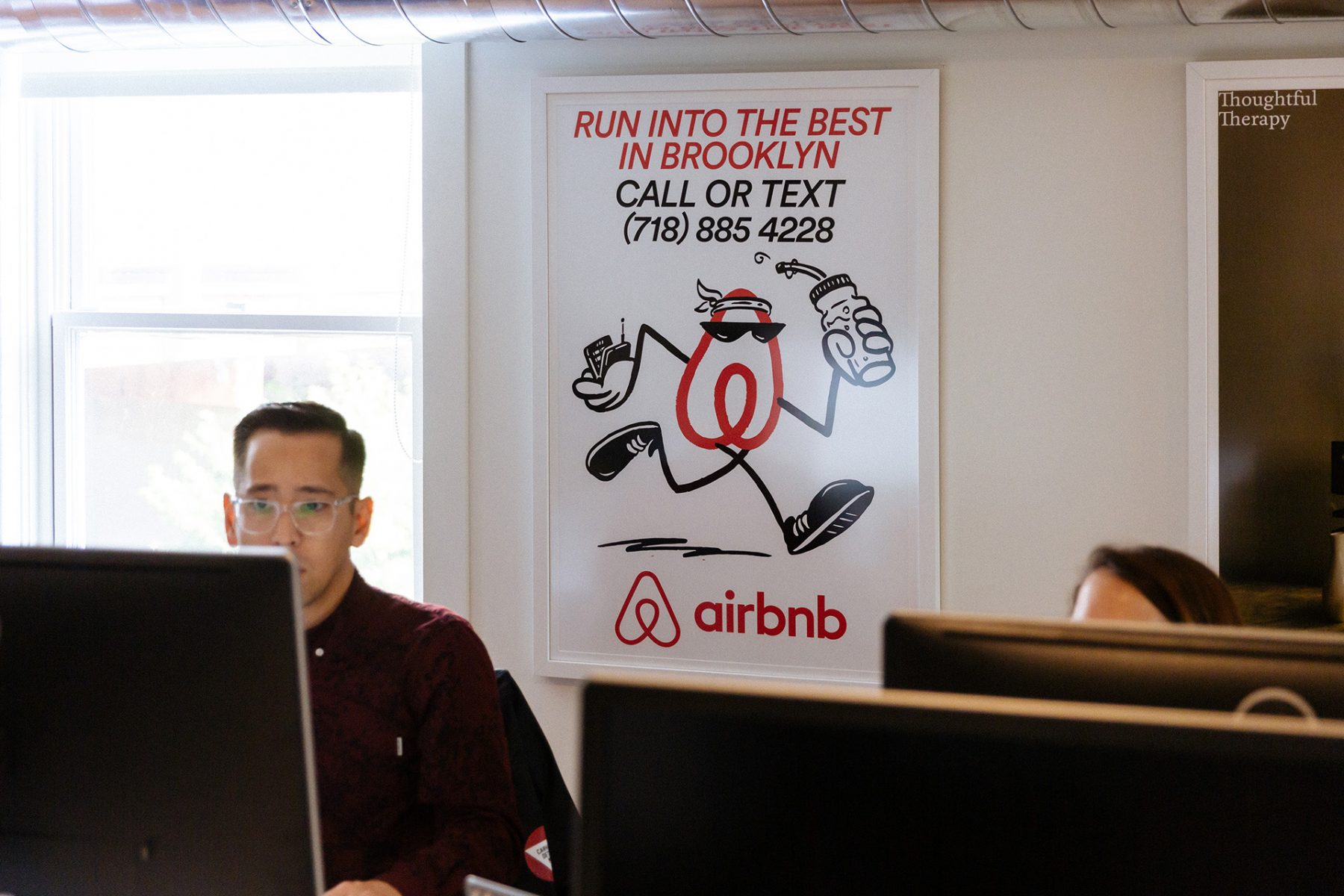
As a director, you carry a lot of responsibility towards your work and the people you employ to execute. When did you begin to feel confident about your work and your abilities to be a director?
If I’m honest, I don’t know if I’ll ever be fully confident in my abilities as a director. There’s so many layers to it, from vision, to work, to people; it’s tough to be great at it all the time. I really admire people who can create great cultures and sustain them over the years.
My approach is to focus on making the best work, and I try to create an environment where that’s possible. It’s a process and I’m constantly trying to keep on top of it. A lot of it comes down to your team and the partners who support you. My co-founder, Seth Mroczka, has been instrumental in making me a better leader. Having someone you totally trust, and balances you while pushing you, is huge. My wife, Mary, is another one; she reminds me what really matters and gives me the best advice on any problem that comes up.
Do you ever question what you are pitching or presenting to a client?
Always. I don’t think there’s any ‘right’ answer to a project, so I’m never fully confident. I’m usually excited and optimistic, but when you’re trying to challenge what people are used to, you need to expect some push back. It’s a process and it requires back and forth conversation and development to get it right. As an agency, we can only know so much about the companies we work with. As much as we are experts in our field, we always need the expertise of the client to make work that is truly effective and appropriate.
I don’t ever put something into a presentation that I don’t believe in, but I also don’t ever believe that presentation is the finished product. Our thinking isn’t complete without iteration and cooperation. I don’t believe there are any magic solutions or design gurus that can solve a problem perfectly, but I do believe if you have a dedicated and collaborative teams on both sides, you can create really valuable and beautiful solutions.
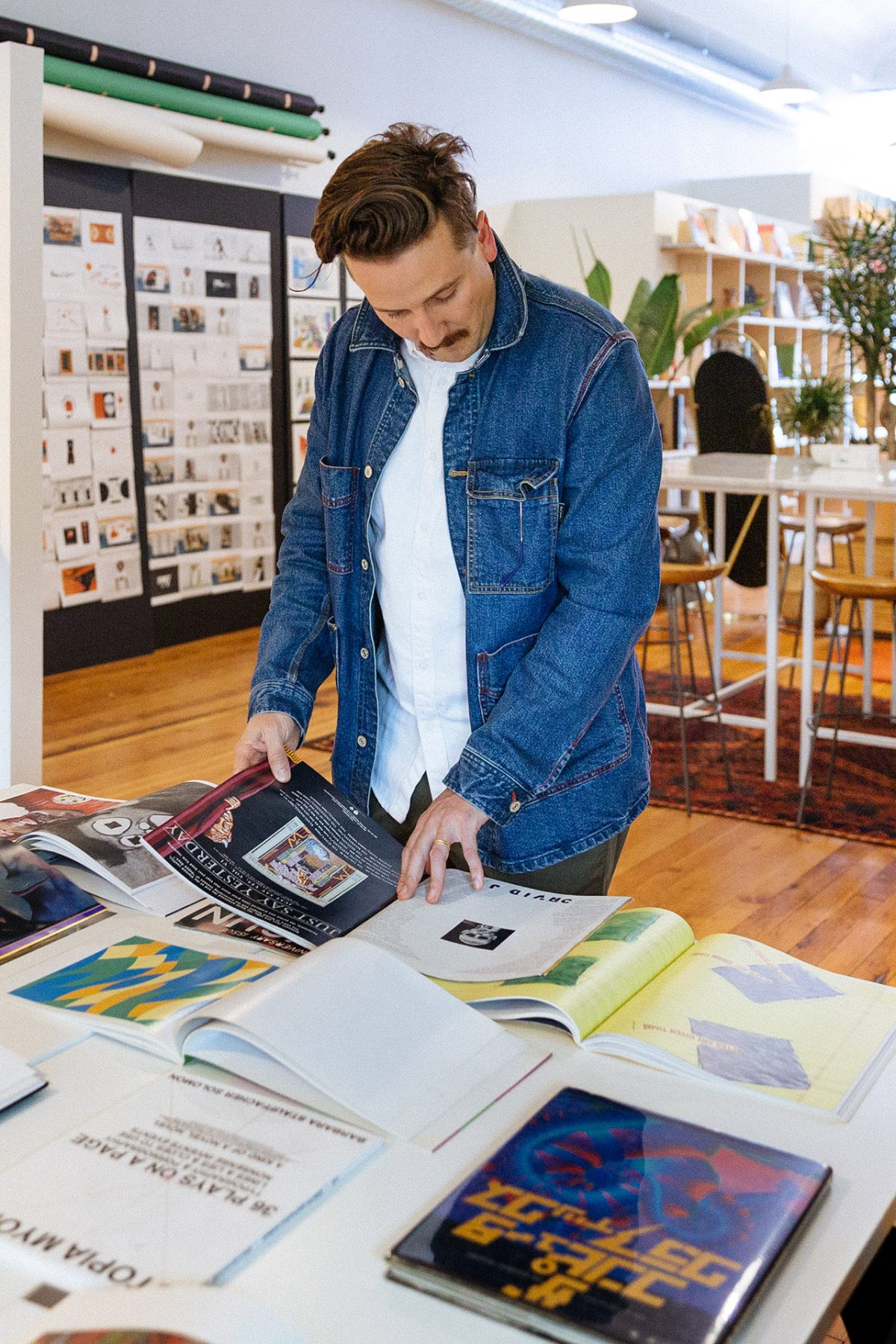
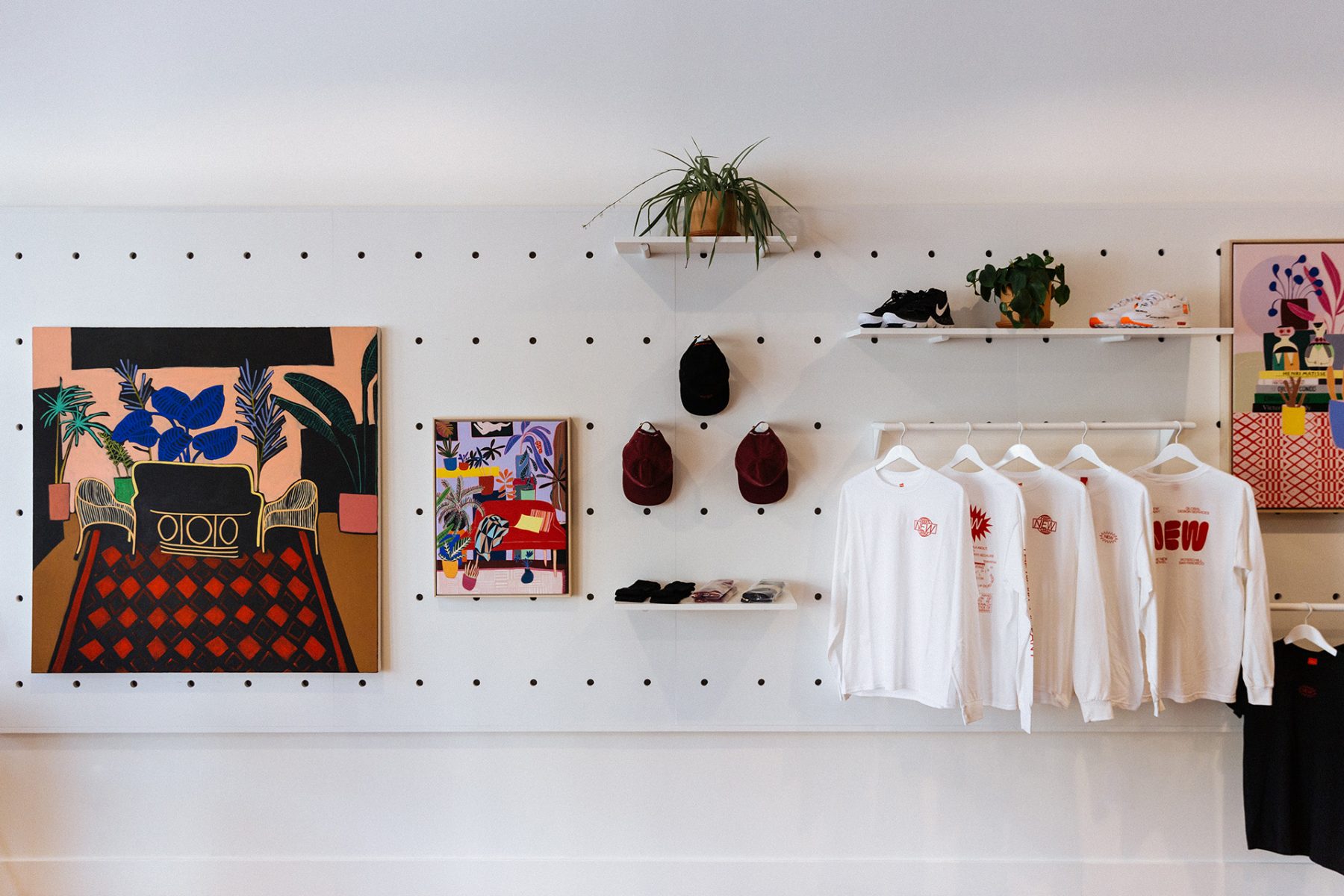
What art movements inspire your approach towards design?
I love Dadaism. There’s an excellent book called The Posthuman Dada Guide, written by Andrei Codrescu, that I give it to every new employee at The New Company. It’s a great read that gives historic and cultural context on the effect and rationale behind the Dadaists.
The rejection of rules and the acceptance of the act of creation itself as meaning has guided a lot of how we’ve approached The New Company. To understand the rules and expectations of design is table stakes in my mind. To subvert the expected and create new meaning is something entirely more interesting and complex. We know how to deliver great design, but to be truly inventive means rejecting what is known in favor of experimentation and new territories. The trick is knowing how to blend this process with the rigor and exacting nature of brand design to create effective design solutions for clients.
What are some of the most important things you’ve gleaned from your time at both the Alberta College of Art and Design and the School of Visual Arts?
I learned so much. Those two schools changed my life. ACAD introduced me to design, taught me the rigor behind making and made me a broad generalist so was as comfortable with a pencil as a computer. It was the first time design and art seemed like something I could do for the rest of my life.
SVA was an opportunity to expand my horizons. The MFAD program, under Steve Heller and Lita Talarico, was my chance to work with designers from diverse backgrounds and learn from some of the most successful designers in our field. It exposed me to design as an industry, the complexity in it beyond just the process of making and gave me access to New York.
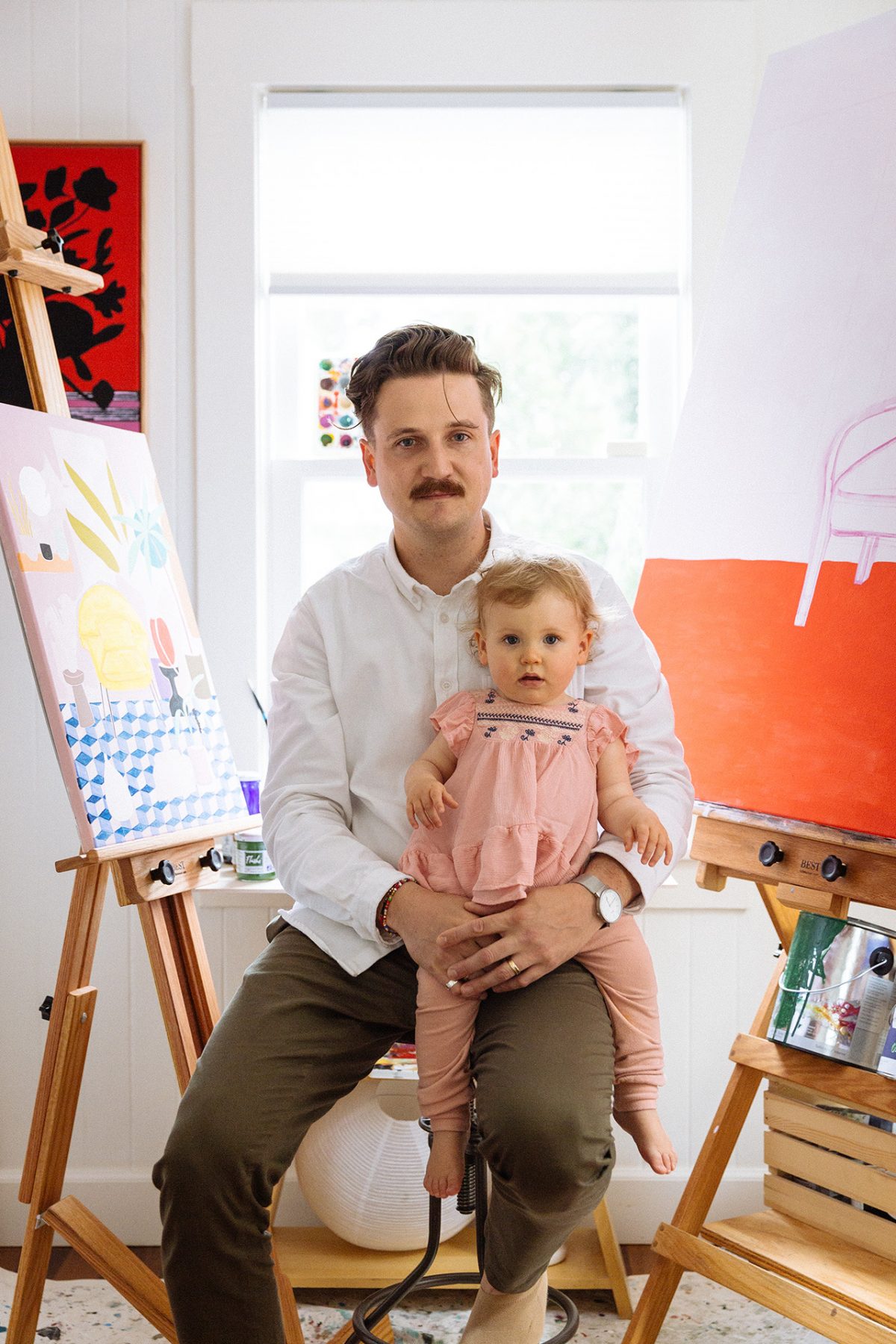
Why design?
Because it was better than being an accountant. I was originally in business school and was going to focus on accounting for a reason that escapes me. But [I was also] getting arrested for writing graffiti at night; design allowed me to mash both of those interests together. Looking back, it feels sort of inevitable, but at the time, it felt like I didn’t fit in anywhere. Growing up, I never had a lot of access to art and didn’t know what design was until I was actually in a design class in college (shout out Karl Geist). It was sort of an invisible world to me. I just knew more traditional jobs and school were ill-fitting for me. When I found design, it was like I found a place where I could really merge my personal interests and my work.
I think it’s worked out pretty well. I would have made for a terrible accountant.

